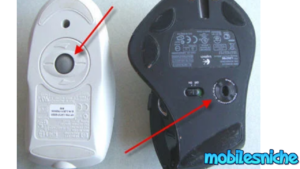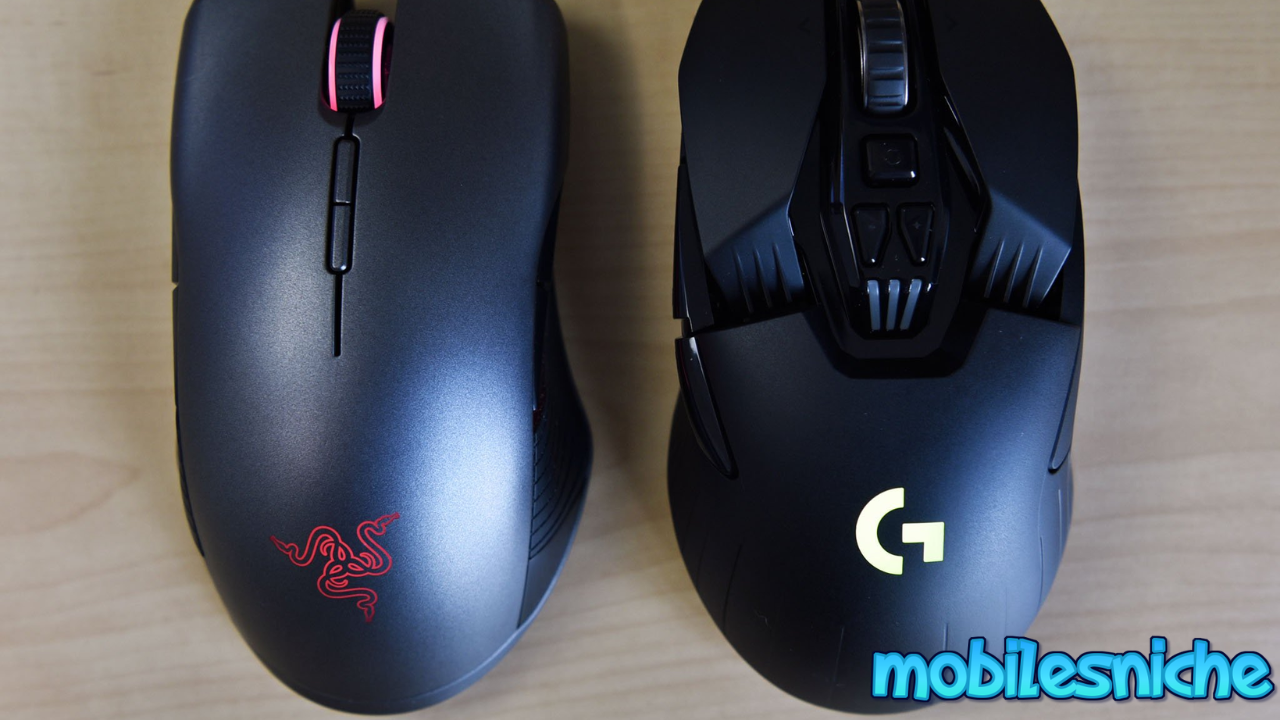In the ever-evolving tech industry, the humble ‘Mouse’ has transformed from a basic pointing device into a pivotal tool for both productivity and gaming. Brands play a crucial role in differentiating mice in the market, offering unique features and designs to cater to diverse consumer needs.
The evolution of the ‘Mouse’ showcases its journey from a simple accessory to an integral part of daily tech interactions. As technology advances, so do the capabilities and designs of these essential devices, reshaping how we interact with our digital world.
Branding has become a key strategy for companies to stand out in a crowded market. By establishing distinct identities and delivering innovative features, brands set themselves apart, appealing to a wide range of users seeking efficiency, comfort, and performance in their mice.
Through this article, we delve into the significance of branding in shaping the ‘Mouse’ landscape, exploring how brands leverage creativity and functionality to meet the demands of a fast-paced tech environment. Join us on this quest to unravel the stories behind brands and their iconic ‘Mouse’ offerings.
Evolution of the Mouse in Technology
The computer mouse has undergone significant evolution since its inception, revolutionizing the way users interact with technology. From the early mechanical ball mice to the advanced optical and laser technology, each innovation has enhanced precision and responsiveness, shaping the user experience.
From Mechanical to Optical Mice
The transition from mechanical ball mice to optical and laser technology marked a pivotal advancement in mouse design. Mechanical ball mice, with their rotating ball mechanism, required regular cleaning and were prone to mechanical failures. In contrast, optical and laser mice utilize light sensors to track movement with greater accuracy and no moving parts, offering smoother navigation and eliminating the need for mouse pads. This shift not only improved functionality but also increased the durability and longevity of mice, making them more reliable tools for users navigating digital landscapes.
Wireless Technology and Connectivity
The introduction of wireless mice brought a new level of convenience and flexibility to users, untethering them from the constraints of cords and cables. With the advent of Bluetooth connectivity, users could seamlessly pair their mice with devices, enhancing mobility and decluttering workspaces. Wireless mice have become indispensable for users seeking a fast-paced and seamless computing experience, allowing them to navigate screens with ease and precision.
The evolution of the computer mouse has been a game-changer in the tech realm, emphasizing the importance of ergonomic design for user comfort and efficiency. By embracing wireless technology and incorporating advanced tracking mechanisms, modern mice have unraveled new possibilities for users embarking on their digital quests.
Branding Strategies in the Mouse Industry
In the competitive landscape of the mouse industry, branding strategies play a crucial role in setting companies apart. Let’s delve into how brands differentiate their products through design, performance features, and marketing to capture the attention of consumers.
Customization and Personalization
When we look at brands like Logitech and Razer, we see a clear emphasis on customization and personalization features. These brands offer a range of options such as RGB lighting, programmable buttons, and software integrations, allowing users to tailor their mouse experience to their preferences. By providing these customization choices, brands create a more immersive and personalized connection with their customers, enhancing brand loyalty and satisfaction.
Gaming Mouse Brands and Innovations
Within the gaming segment, key players like SteelSeries and Corsair shine with their innovative approaches. These brands focus on cutting-edge sensor technology, adjustable DPI settings, and ergonomically designed mice to cater to the unique demands of gamers. By incorporating advanced features that enhance performance and comfort, these brands establish themselves as leaders in the gaming mouse market, driving excitement and anticipation among gaming enthusiasts.
In a fast-paced industry where technological advancements are pivotal, branding strategies that emphasize innovation, functionality, and uniqueness are essential for brands to stay relevant and competitive. By leveraging customization options and innovative technologies, brands in the mouse industry can establish strong emotional connections with their target audience and foster brand advocacy in an ever-evolving market landscape.

User Experience and Brand Loyalty
User experience plays a crucial role in shaping brand loyalty in the competitive mouse market. Brands like Apple and Microsoft have recognized the significance of prioritizing user experience to build strong connections with customers and enhance brand loyalty. Let’s delve into how user experience and brand loyalty intertwine in the tech industry.
Customer Reviews and Brand Perception
Customer reviews, online communities, and social media platforms have a profound impact on shaping brand perception and fostering trust among customers in the mouse market. Positive reviews and endorsements from satisfied users can significantly influence potential buyers’ decisions. The power of word-of-mouth marketing amplifies through digital platforms, where consumers share their experiences and recommendations.
Online communities serve as valuable spaces for users to engage with brands, share feedback, and seek recommendations from peers. Social media platforms provide a direct channel for brands to interact with their audience, address concerns, and showcase their commitment to customer satisfaction. Brands that actively listen to feedback and engage with their customers create a sense of community and trust, ultimately enhancing brand loyalty in the mouse market.
Sustainability and Ethical Branding
The tech industry is witnessing a shift towards sustainability practices and ethical branding, with consumers increasingly valuing eco-friendly products. Brands like HP and Dell are leading the way by integrating sustainable materials and ethical practices into their mouse products. From using recycled plastics to reducing carbon footprint, these brands are aligning their values with customer preferences for environmentally conscious choices.
Sustainability not only resonates with eco-conscious consumers but also signifies a brand’s commitment to social responsibility and ethical practices. By adopting sustainable measures in product design and manufacturing, brands can differentiate themselves in the market and appeal to a growing segment of environmentally aware customers. Incorporating sustainability into branding strategies not only enhances brand loyalty but also contributes to a positive impact on the environment.
In the dynamic landscape of the mouse market, user experience and ethical branding are becoming key differentiators for brands looking to cultivate lasting relationships with customers and drive brand loyalty. By prioritizing customer feedback, fostering community engagement, and embracing sustainability practices, brands can establish a strong foundation for long-term success and loyalty in the competitive tech industry.
Conclusion
The computer mouse has come a long way since its inception in 1963 by Douglas Engelbart, evolving from a simple device with wheels to the ergonomic and high-tech mice we use today. Brands play a crucial role in influencing consumer choices, with branding strategies shaping perceptions of quality, trust, and value in products. As technology advances, future trends in mouse technology will likely focus on enhancing user experience through innovative designs and features, while brand strategies will continue to impact consumer behavior by creating emotional connections and fostering loyalty. Stay tuned for exciting developments in both mouse technology and branding strategies in the ever-evolving digital landscape.
For more Slot Reviews like this, Visit our Website Here.


